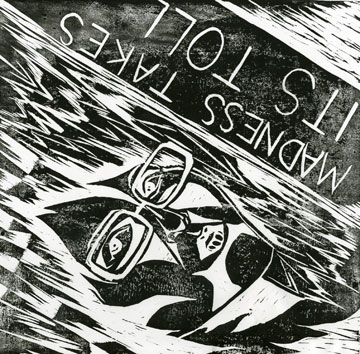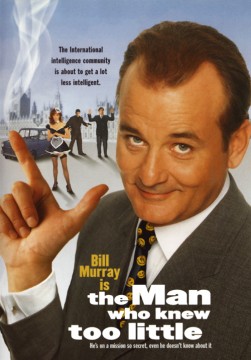Before I start, I have to confess: let’s just say writing about/for other people is not my strong suit. Writing about other people’s art gives me the nausea. Writing about another culture makes me want to make an excuse to get out of the guest blogging stint. Embarrassingly and unprofessionally, I thought about lying to the editor about a family emergency so I don’t have to write. (Also feels weird about lying using family emergency as an excuse, just feels like a bad omen.) I am one of those people who believe languages have a certain mythical power, so from now on, you can expect a “writer” who would almost lie but respects words too so much so he could not commit.
One of the reasons why I ended up in Singapore after grad school, or the reason that I tell everyone, is that I felt too American. I wanted to be somewhere else so I could think differently about my own practice, worldview, etc. Singapore seemed like a good place, a good transition for whatever comes next. I got to teach art, everyone speaks perfect English, and there is lovely weather. Speaking English is a big part for me because my work deals with language and spoken words, but what I realized soon is that I assume people who speak the same language should be able to understand each other. Man, was I wrong. I feel comically related to Bill Murray’s character in The Man Who Knew Too Little (1997), in which he plays an American visiting London but gets caught up in spy activity. The whole time, he thinks that he is part of a street improv theater while all the criminal euphemisms, spy codes, and threats (not to mention British humor) completely go over his head. Yet he is able to play along and amusingly diffuses a bomb attempt. To a certain degree, that’s how I feel being a foreign artist trying to produce work; I can hear and understand sentences, but feel lost in Singapore’s history, culture, and narrative.
Like a good American, being at the center of the world and all, I quickly decided that I understood the art world here. Art kids go to art schools; the art market is, well, the art market; artists staring at the walls in studios; required smiles at curators and collectors; free booze at openings…how different could it be, right? Sure, on the first impression of it, Singapore is very similar to most Western countries, but there are a lot more subtleties that I — being a slow learner — picked up on only after a couple of years (if anything, I learn more about American art culture now because I have something else to compare it to). I know most of the readers of this blog are based in the U.S. and Europe, so I thought this would be a good chance for me to offer a small slice of the art scene from an island nation in Southeast Asia.
Lastly — and I think this is important — I am an educator (responsibilities!). I know I have a lot to share with my students, since I come from a different background, but how can I pick up the contextual differences between cultures and translate those in the classroom? How can I be an interesting teacher without giving strong personal views? How do I explain things like censorship and freedom of speech? Will my American rhetoric eventually trump everything else? Is the joke always on me? Can I safely dance to the right answers without asking the right questions, like Bill Murray in The Man Who Knew Too Little?
Yes, people here speak English. Yes, people here read Donald Judd’s Specific Objects. But it’s… just…. for the lack of more descriptive word, different! In the next two weeks, I hope to argue that living abroad as an artist is tough! Since an artist’s production is closely related to his/her environment, if one is lost, then…what? Instead of being lazy and relying on my own (bad) logic, I will be having conversations with local artists, curators, and educators trying to give readers a glimpse of the Singapore art scene, as well as my activity in and out of the classroom.
(I am happy to say, I just added a new tag to this post: Singapore.)





